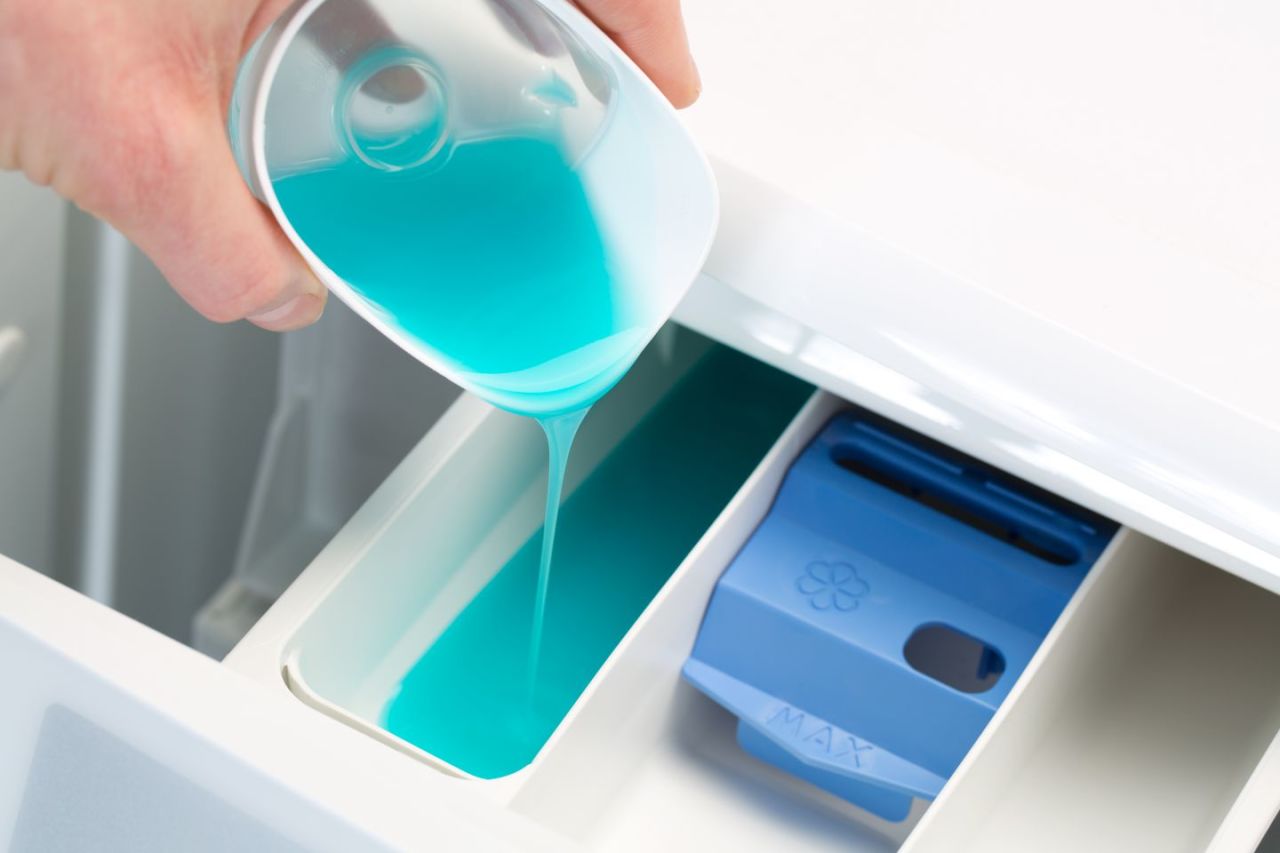Over the last few years, there has been a significant increase in the number of different detergents as one product cannot necessarily deal with all laundry needs.
Here is an easy guide to the different types and formats of detergents and fabric conditioners available, and what they are best used for.
Enzymes or No Enzymes
Enzymes are a protein material used in detergents to help break down difficult stains, like grass and blood. They are especially effective when used in warm water temperatures (e.g. 30-40°C).
Products without enzymes are less effective at dealing with certain types of stains.
What are enzymated detergents?
Enzymated detergents are detergents containing specific enzymes, which are designed to remove specific stains. Typically there are four types of enzymes found in detergents:
Protease enzymes are used to remove protein-based stains such as blood, egg, milk and grass.
Lipase enzymes are effective on oily or greasy stains such as butter, oil, gravy, cosmetics and lipstick.
Amylase enzymes remove starch-based stains such as gravy, potato, pasta, rice and chocolate. In most instances these stains cannot be easily seen; however, if starch stains are not removed they can act as glue for other soils causing localised discolouration or staining to the fabric.
Cellulase enzymes differ from the other three enzymes in that they don't work on the stain but rather work on the fabric. Cellulase is active on cellulosic fibres (cotton) and has the ability to eliminate the microfibrils of cotton fibres on the fabric. As a consequence, cellulase provides benefits in preventing pilling, restoring colours, softening, surface polishing and the removal of particulate soil.
Liquid or Powder
It really comes down to personal preference as both give an outstanding cleaning result and both can be used for hand and machine washing.
Liquids dissolve quickly and are particularly useful for handwashing and quick wash programmes.
Powders are generally easier to measure and less messy.
Top Loader or Front Loader and High Efficiency
Top Loader detergents produce high foam levels. They are ideal for top loading and twin tub machines and for handwashing but should not be used in front loading or high efficiency machines.
Front Loading and High Efficiency machines can be damaged by high levels of foam and require a specially formulated low suds detergent which produces only a small amount of foam.
Detergents for Delicate Fabrics
Garments made from delicate fabrics, such as wool and silk, should not be washed using a detergent that contains bleach or enzymes.
Specialist detergents are available which are designed to give good results with washable silks, woollens and other delicates, in or out of the machine as specified on the garment care label. This type of detergent contains no enzymes, is pH-neutral, and does not contain bleach or brightening agents.


